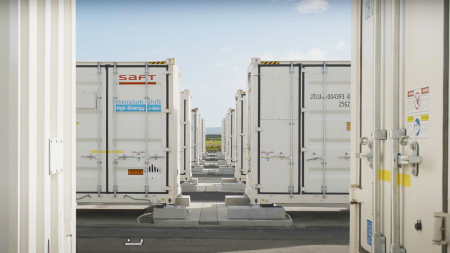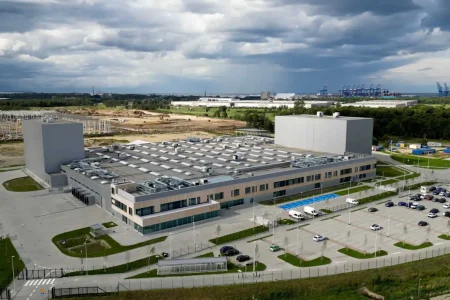Researchers at Don State Technical University (DSTU) have created a fresh technique for gathering and storing hydrogen for use as fuel. The electrochemical approach of hydrogen buildup in ceramic-metal electrode matrices is suggested to be used.
The project was carried out by a group from the DSTU laboratory “Electrochemical and Hydrogen Energy,” which was led by Ph.D. Natalya Yazvinskaya, the laboratory’s top researcher.
One of the major technical issues that prevent the active development of hydrogen energy is the safe storage of hydrogen in solid media, which ensures competitiveness for hydrogen transport in terms of the energy intensity of fuel tanks. It is anticipated that the introduction of the new method will address this issue.
According to the DSTU, researchers have established that during alkaline battery operation, hydrogen accumulates in significant amounts in metal-ceramic and lamellar electrodes. Later tests revealed that it is feasible to develop safe hydrogen storage systems with a particular capacity that is four times more than the level set by the US Department of Energy as the minimal requirement for hydrogen fuel-powered automobiles.
The globe uses a variety of techniques for accumulating and storing hydrogen for use in rail and road transportation, according to Natalia Yazvinskaya. In this alternative, metal hydride powder is used in fuel tanks in place of gasoline because hydrogen can build up inside metals (such compounds are known as metal hydrides). In carbon-based substances like graphite powder, soot, and nanostructured carbon, hydrogen can be retained.
In KPL-14 batteries with lamellar electrodes, DSTU researchers employed the electrochemical method of hydrogen accumulation in ceramic-metal electrode matrices and in carbon materials (graphite). The batteries were tested for the amount of stored hydrogen based on the service life. Additionally, by charging the batteries continuously for a year, hydrogen collected in the electrodes.
For the equipment, various electrolyzers or specialized thermal chambers—sealed containers capable of withstanding high hydrogen pressure—were utilized for the accumulation of hydrogen in solids.








